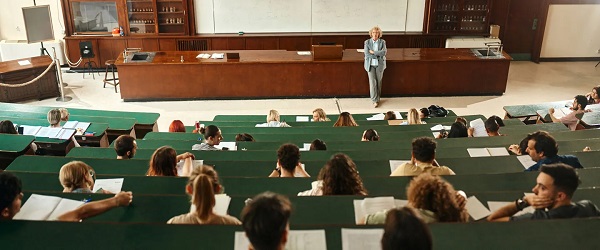Alberta
Province has three scenarios for return to school in September. Final decision by August 1. Details

From the Province of Alberta
Getting ready for 2020-21 school year
A comprehensive re-entry plan for the upcoming school year allows schools and parents to prepare for learning while putting student and staff safety first.
The plan offers guidance on a wide range of operational issues including hygiene and health requirements, student learning, transportation and diploma exams. It also addresses mental health and psychological supports for students and staff.
School authorities will plan for all three scenarios for September:
- In-school classes resume (near normal operations with health measures)
- In-school classes partially resume with additional health measures
- At home learning continues (in-school classes are cancelled)
The preferred and likely scenario is that students will return to daily in-school classes at the beginning of the year. The government will share its final decision by Aug. 1 on which scenario will be in place at the beginning of the school year. However, school authorities are asked to prepare for implementing any of the three possibilities during the upcoming school year, including on short notice.
“We are providing clear direction and the certainty parents and the school system need to plan ahead and get ready for what the new school year may look like. We are hoping, and it is likely, students can return to daily classes at school while taking health precautions, but we have to prepare for all possibilities. I want to thank our education leaders, teachers and parents for their thoughtful contributions to this comprehensive plan.”
“This plan puts the interests of students and staff first. Educators, administrators, families, health professionals and government all need to work together to support a safe return to in-person classes. We continue to monitor the situation closely. The reality is, we must weigh the risk of prolonged school closures against the risk of COVID-19 outbreaks in closed settings, such as schools. A safe and successful school year will only be possible if we all work together.”
The re-entry plan balances the need for provincial standardized approaches in some areas while also providing flexibility and recognition of school authorities’ autonomy to address health guidelines in the most effective ways in their own communities.
Alberta Education worked closely with many education partners on the plan, including the Alberta School Boards Association, the Alberta Teachers’ Association, the College of Alberta School Superintendents, the Association of Independent Schools and Colleges in Alberta, The Association of Alberta Public Charter Schools, individual school authorities and the Alberta School Councils’ Association which compiled input from more than 66,000 parents.
“The Alberta School Councils’ Association is pleased that considerations for the safety of students and staff remain priorities throughout this detailed plan, along with the recognition that school authorities are best suited to making operational decisions directly impacting their local school communities. We look forward to ongoing work and communications with the ministry, as this is key for successful implementation and return to school.”
“Alberta’s teachers are looking forward to supporting our students as we transition into the 2020-21 school year. As our recent survey indicates, teachers are concerned about the health and safety of themselves, their colleagues and their students. We expect to work with government to strengthen and improve the plans for re-entry to ensure that schools can provide healthy and safe environments for teachers and students.”
“Supporting the health and safety of students and staff continues to be a top priority for the ASBA and all school boards. We appreciate government providing clarity, while ensuring flexibility and autonomy, as each of Alberta’s public, Catholic and Francophone boards face challenges within the context of their local communities. As the situation evolves, we will continue to collaborate with government and our members to adjust the plan in preparation for the upcoming school year.”
“The College of Alberta School Superintendents joins the province in its commitment to protecting the health and well-being of all students and staff as we transition to the 2020-21 school year. We appreciate the collaborative manner in which the re-entry plan has developed and are pleased that school divisions have been provided with the flexibility and authority to implement procedures beyond the plan that they deem necessary to ensure the safety of their learning environments.”
“We are deeply appreciative of the ongoing consultation with all educational partners by the Minister of Education and the ministry as a whole in these trying circumstances. Teachers and systems have responded to the pandemic with remarkable energy and ingenuity. The proactive, engaging leadership of our government continues to be essential for education to fulfil its vital role in Alberta through this critical time.”
“Our association appreciates the government’s collaborative approach in developing this re-entry plan. We remain committed to supporting our schools so that their staff and students can experience a safe and positive learning environment in the coming academic year.”
Public health guidance for schools
Return to in-school class learning may vary across the province and is dependent on the number of COVID-19 cases in the local area. School boards should develop their own COVID-19 plans under the applicable scenario and health guidelines prior to reopening.
Measures to reduce the risk – scenario 1 (in-school classes resume – near normal operations with health measures)
Cleaning
- Enhanced cleaning and disinfecting, including daily cleaning for all areas of the school, washrooms and high-touch surfaces cleaned several times a day or more as needed.
- Regularly scheduled deep cleaning when students are not present.
Student/staff hygiene and illness
- Routine screening for all staff and students.
- Strict stay-at-home policy for any students or staff exhibiting symptoms of COVID-19.
- Hand hygiene expectations when entering and exiting the school and classrooms, before and after eating.
- Continual reminders of the importance of respiratory etiquette (e.g., cover coughs and sneezes, avoid touching the face and disposal of used tissues promptly, followed by hand hygiene).
- Students who develop symptoms at school may be asked to wear a mask and isolate in a separate room until a parent arrives for pickup. If a separate room is not available, the student must be kept at least two metres away from other individuals.
Physical distancing and grouping
- When possible, practise some physical distancing as a good precaution to prevent the spread of disease.
- In classrooms, buses and during activities when physical distancing may not be possible, extra emphasis is put on other hygiene practices.
- Reorganization of rooms to allow for more physical space.
- Cohorting of students by class where possible.
- Guiding foot traffic flow through entrances and hallways by using markers on the floor or pylons/barriers.
- Avoiding large gatherings such as assemblies.
Masks
- Staff and students will not be mandated to wear masks.
- Masks may be considered in circumstances where there is prolonged close contact (greater than 15 minutes) and distance of two metres cannot be maintained.
- Masking is generally not recommended for younger students.
Shared items
- A no-sharing policy – all students should have their own supplies.
- Where sharing of equipment is required, the equipment should be cleaned between uses.
Cases of COVID-19 in a school
- The zone medical officer of health will work with school authorities on the rapid identification of cases through easily accessible testing, rapid close contact identification, and isolation measures when needed.
- The zone medical officer of health will also work with school authorities to provide follow-up recommendations and messaging for staff, parents and students.
- Alberta Health Services may request the school to close in-person classes to allow the public health investigation to take place.
- Each school authority will support students and staff to learn or work at home if they are required to self-isolate.
Measures to reduce the risk – scenario 2 (in-school classes partially resume with additional health measures)
The same considerations as scenario 1, with the following differences:
- A recommended maximum of 15 people in a classroom to allow for more consistent physical distancing.
- Students will attend school less regularly as school authorities will need to adjust their class schedule and configuration to meet the physical distancing requirement.
Non-COVID-19 operational highlights
- Any summer programming will follow scenario 2 of the re-entry plan and the associated public health measures.
- August diploma exams will proceed for students taking diploma courses this summer.
- For the 2020-21 school year, diploma exams will be held if the first or second scenarios are in place. In scenario 3, exams may be cancelled.
- Provincial achievement tests (PATs) for Grades 6 and 9 can be held in the first and second scenarios, but will be optional for school authorities to participate.
- If scenario 3 is in place at the beginning of the school year, the January PATs will be cancelled. May/June PATs may be cancelled based on the duration of at-home learning.
- School authorities can, as deemed appropriate at the local level, reduce time spent teaching non-core subjects to allow for additional instruction time on core subjects.
- School authorities must enable the full participation and inclusion of students with disabilities under each scenario and address any learning gaps from the 2019-20 school year.
- Mental health supports should be in place for students and staff.
This plan is part Alberta’s Relaunch Strategy to safely begin removing public health restrictions and reopen our economy. For more information, visit alberta.ca/RelaunchStrategy.
Alberta
Alberta updates TIER system: Businesses can direct compliance payments to on-site technologies
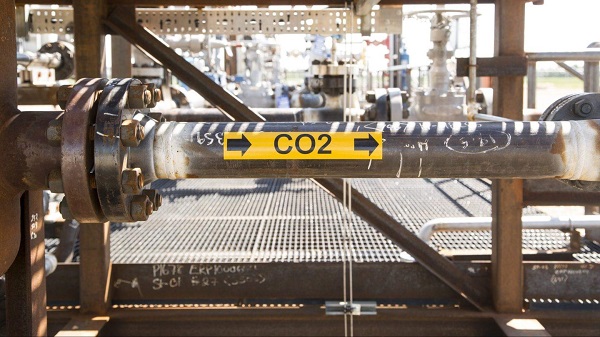
Modernizing TIER to secure tomorrow |
Alberta is seeking to update the Technology Innovation and Emissions Reduction (TIER) system to drive investment at large industrial facilities, helping companies stay competitive and protecting jobs.
This fall, Alberta’s government will introduce updates to the TIER system that would empower Alberta industries to invest in on-site emissions reduction technology that works for their specific businesses. Making Alberta’s highly successful TIER system even more effective and flexible will make industries more globally competitive while maintaining Alberta’s leadership in emissions reductions.
“TIER has always been about Alberta leading the way – proving to the world that it’s possible to increase energy production, grow the economy and lower emissions at the same time. These amendments build on that success by giving industry the certainty and flexibility they need to invest right here at home. We know this work is not finished. We will continue to press the federal government to match Alberta’s leadership with realistic policies and timelines so that together we can keep building an economy that is strong and ready for the future.”
“We are committed to ensuring our industry remains competitive and can once again bring in the capital investment needed to deliver safe, affordable and reliable energy to Canadians and the rest of the world. Enabling them to reinvest their dollars into their own facilities will be good for the environment while growing our economy and creating jobs.”
“TIER has played a critical role in helping Alberta energy be the most responsibly produced energy in the world. These changes will further allow our major energy companies to increase production and finance new world-leading emission reduction efforts consistent with Alberta’s Emissions Reduction and Energy Development Plan.”
Proposed updates to the TIER system include:
- Recognizing on-site emissions reduction investments as a new way for industry to comply with the TIER system in addition to the current options available, which include paying into the TIER fund or buying credits. This would reward companies for investing directly in emissions reduction technology that encourages innovation, supports local jobs and reduces emissions.
- Allowing smaller facilities that currently participate in the TIER system to leave or opt out for 2025 to reduce costs and red tape. Smaller facilities below the regulatory emissions threshold can face disproportionate compliance costs under the TIER system, which is mainly designed for large facilities. This change would help smaller industries save money and redirect resources into emissions reduction investments or other operational improvements for more cost savings. It offers flexibility, especially for small manufacturers and rural operations, which protects jobs across Alberta.
These changes will position Alberta, once again, as a world leader ready to meet the challenges and realities of shifting global markets, increased competition and trade uncertainty.
“We are pleased to see the Government of Alberta is taking steps to improve competitiveness of climate policy. Today’s announcement recognizes industry concerns around competitiveness and signals that the province is moving forward to support emissions reduction in a way that helps companies reduce emissions, compete for investment, and create jobs for Albertans. EPAC believes provinces are best positioned to lead on climate policy, and we look forward to continued work with Alberta.”
“Pathways Alliance appreciates the Government of Alberta’s efforts to support the oil sands industry and protect jobs. Direct investment through the TIER system is expected to encourage continued investment in emission reduction technologies, and advance innovative infrastructure. The oil sands industry looks forward to ongoing work with governments to strengthen global competitiveness and attract investment.”
Alberta’s economy is growing and emissions are declining thanks to the province’s common-sense approach. Alberta’s government will continue to work with industry to protect jobs, strengthen competitiveness and maintain Alberta’s position as the destination of choice for global investment.
Quick facts
- Alberta’s TIER system was established in 2007 and was the first of its kind in North America.
- Currently the TIER system includes about 60 per cent of the province’s total emissions, helping Alberta’s industrial facilities find innovative ways to reduce emissions and invest in technology to stay competitive, save money and create jobs.
- The TIER Regulation requires any facility that emits 100,000 tonnes or more of emissions in a year to meet annual emissions reductions using either a facility-specific or a sector benchmark approach.
- Under the current system, regulated facilities can comply using credits (carbon offsets, emission performance credits or sequestration tonnes) or pay into the TIER fund at $95 per tonne of emissions.
- Sectors regulated under the TIER system include oil and gas, oil sands mining, electricity, forestry, chemicals, fertilizers, minerals, food processing and waste.
- Since 2019, Alberta has invested $1.6 billion from the TIER fund into geothermal, hydrogen, energy storage, methane reduction, carbon capture and other technology projects, reducing approximately 70 million tonnes of emissions by 2030 and supporting about 21,000 jobs across the province.
Related information
Alberta
Alberta Education negotiations update: Minister Horner
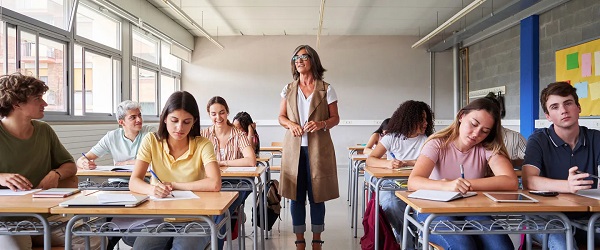
President of Treasury Board and Minister of Finance Nate Horner issued the following statement about the ongoing negotiations with TEBA and the ATA:
“After announcing its intention to strike last week, the ATA provided its members with a document titled ‘Talking Points’ for teachers to use when speaking to parents and students about the current bargaining situation.
“The document falsely claims that the Teachers’ Employer Bargaining Association (TEBA) does not have the mandate to ‘negotiate on important issues such as class complexity, class size, support for students.’
“There are also other statements in the document that are misleading and confusing for parents, teachers and most importantly our kids, who are explicitly targeted by these communications.
“To be clear, the only item outstanding between the ATA and TEBA for a new contract is the union’s additional salary demands.
“TEBA’s most recent offer to the ATA included a guarantee to hire 3,000 more teachers over the next three years at a cost of about three-quarters of a billion dollars. This is what the ATA asked for in its previous offer and government’s response met that request. The parties are no longer disputing negotiations on that point.
“The current offer provides a salary increase of at least 12 per cent over four years with more than 95 per cent of teachers receiving more through a market adjustment, and would result in the best deal for teachers in all of Western Canada.
“The information in the ATA document is inaccurate. It intentionally misinforms the public, parents and students. TEBA has been left with no choice but to launch a legal challenge. The Alberta Labour Relations Board received our complaint today, asking the ATA and its president Jason Schilling to immediately retract their false claims and to stop using Alberta’s students and families for leverage in a bargaining dispute.
“The ATA’s leadership and communications strategy targeting families and children with false and misleading claims raises serious ethical concerns. The government must now correct the false narrative the ATA has created.
“I look forward to a speedy resolution of this complaint with the Labour Relations Board. When we have our resolution, we will consider next steps.”
-
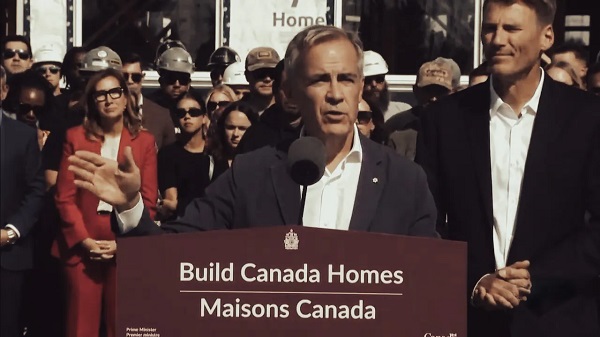
 Business2 days ago
Business2 days agoCarney Admits Deficit Will Top $61.9 Billion, Unveils New Housing Bureaucracy
-
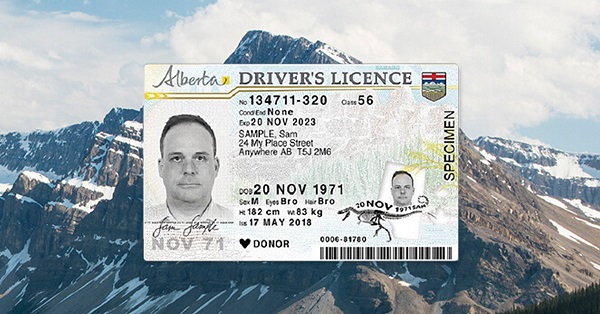
 Alberta1 day ago
Alberta1 day agoAlberta first to add citizenship to licenses
-

 Artificial Intelligence2 days ago
Artificial Intelligence2 days agoWhat are data centers and why do they matter?
-

 Business1 day ago
Business1 day agoCarney government’s housing GST rebate doesn’t go far enough
-

 Business1 day ago
Business1 day agoCarney’s Ethics Test: Opposition MP’s To Challenge Prime Minister’s Financial Ties to China
-
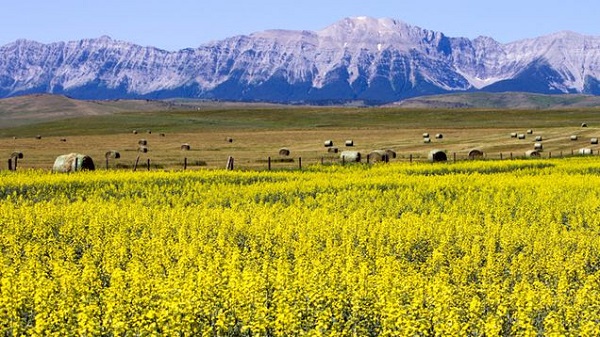
 Alberta1 day ago
Alberta1 day agoBreak the Fences, Keep the Frontier
-
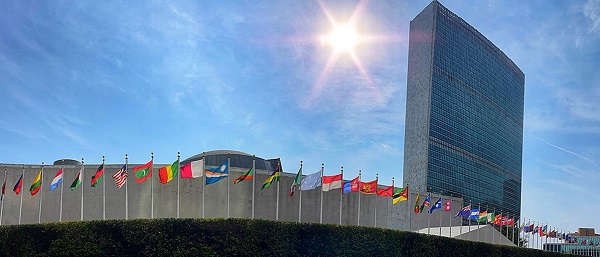
 Daily Caller2 days ago
Daily Caller2 days agoTrump Admin To Push UN Overhaul Of ‘Haphazard And Chaotic’ Refugee Policy
-
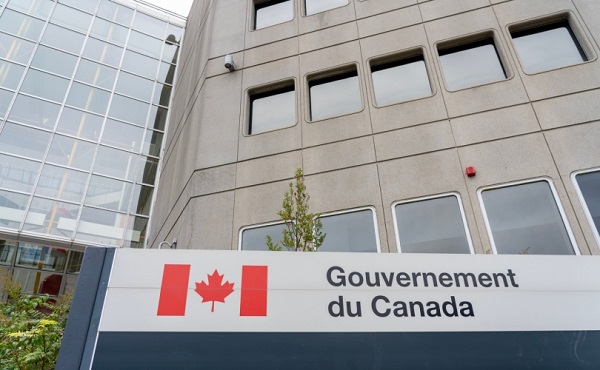
 Business1 day ago
Business1 day agoAttrition doesn’t go far enough, taxpayers need real cuts


